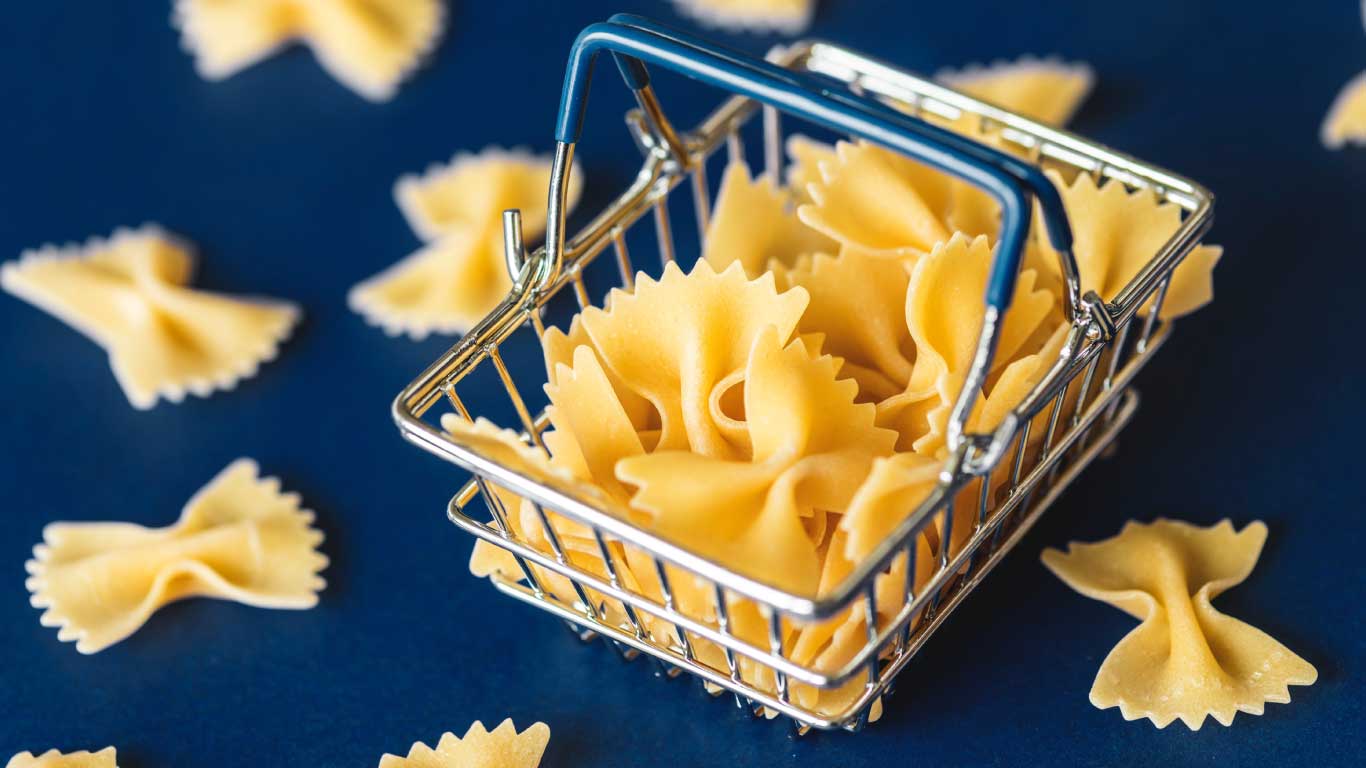I’d like to think I’m pretty savvy when it comes to supermarket shopping. I shop around, I’m price sensitive, I’m not beholden to brands, and with a background in marketing I’ve seen all the tricks companies use to get my dollar. There’s one tactic that, while perfectly valid as a marketing tool, just seems, well…a little sneaky…and that tactic is “shrinkflation”.
“Shrinkflation” or “product shrinkage” is when you think you are buying your usual product at the same price with the same packaging but when you look closely you realise there is less of it. I stumbled across an excellent example of this the other day when buying this product:

On the face of it (and while racing around a supermarket with a three-year-old on your heels) both seem exactly the same – same size container and same branding (and they were certainly the same price). But look closely and you will see that the one on the left, which was already in my cupboard, has 60 tablets, and the one on the right, the new one, has 55. That’s an 8% decrease in the value of this product, simply by removing five tablets (not to mention how annoying an odd number is when you have two kids – odd quantities of things as a marketing tactic is a whole other post!).
So how common is “shrinkflation”? Well pretty common. Here are some examples:
- Egg cartons that only hold 10 eggs, not 12
- Chocolate – family blocks were 250gm, now around 155gm – 200gm, chocolate bars, Freddo Frogs, Easter Eggs – all now smaller
- Potato chips – previously were around 200gm, standard pack size is now around 150gm – 175gm
- Toilet rolls – some rolls now have less sheets, but look the same as the diameter of the tube inside is bigger
- Cereal – same size box, less inside;
- Soap – same size box, but the shape of the soap is more concave.
Then there’s toothpaste, muesli bars, laundry powder, jams, sauces, tea bags, nappies, tissues…the list goes on.
So why do companies do this? Well, firstly for profit. Less inputs = higher profit margin. If you can sell 150gm of chocolate for $3 instead of 200gm then why not? Secondly, customers are less sensitive to changes in quantity compared to changes in price. Never mind that this might be because they didn’t notice, but as a general rule customers respond to a price change more readily than a quantity change. And thirdly, and this just adds to the deviousness, because “it is for our own good”. “Chocolate is bad for you, so in the interests of your health, we’re making the pack size smaller!” The cheek of it!
So next time you are in the supermarket, pay close attention to what you are buying. Focus on per unit pricing, or number of units in a package, rather than the size of the packet, and don’t let those marketers trick you!
If you need help putting together legit, non-sneaky marketing strategies for your product get in touch with us today :-).
Until next time,
WM

